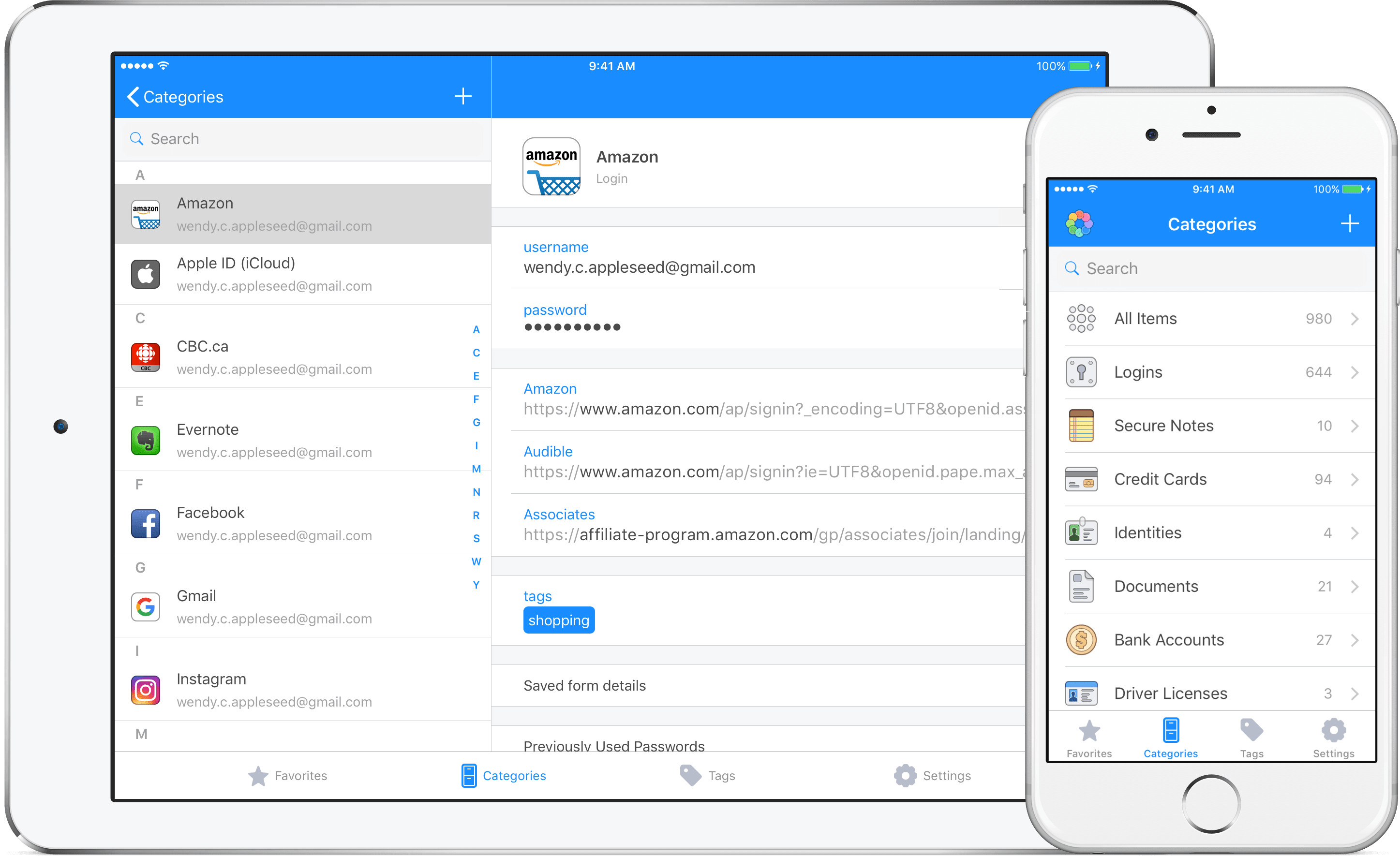
I have only tried one account with 1Password OTP which didnt work (tried multiple times) that account is used by. What remains to be seen is if it remains one of our best password managers - or becomes our best passkey manager. 2FA is working with Google Authenticator. If you’re importing personal data, choose the Personal or Private vault. Choose the vault you want to import your data into.

Click your name in the top right and choose Import. Now with 1Password joining the fray as part of the FIDO alliance, it seems it's now a matter of when, not if, passkeys take over passwords. In Chrome or another browser, sign in to your account on.
#1password login with google how to#
Similarly, Google has announced how to implement passkeys in Chrome and Android.

They announced the feature this year and it is expected to come to macOS Ventura, iOS 16 and iPadOS 16. We’ve already seen a peek at what Apple plans to do with passkeys. Otherwise, it won’t matter that your device supports them. /rebates/2fpasskeys2f&. The one caveat here is that the site or application needs to support passkeys. His latest, The Password Game, is the perfect example: it takes the hell of coming up with a password for an app or site’s account and somehow turns it into something as far from hell as. If you have more than one vault set up, you'll have to do each one at a time. Once authenticated, you are able to log into the site or application just like if you had a password. If you've decided to switch, the first step is to get your login and password information out of 1Password. When you need to log into a site or application, the site will use a public key to request that you authenticate this private key, typically using biometric authentication like Apple’s FaceID.

Instead, there is a credential stored on your device that nobody can access. Unlike passwords, which can be compromised fairly easily through data breaches, passkeys aren’t stored anywhere for malevolent actors to access.


 0 kommentar(er)
0 kommentar(er)
